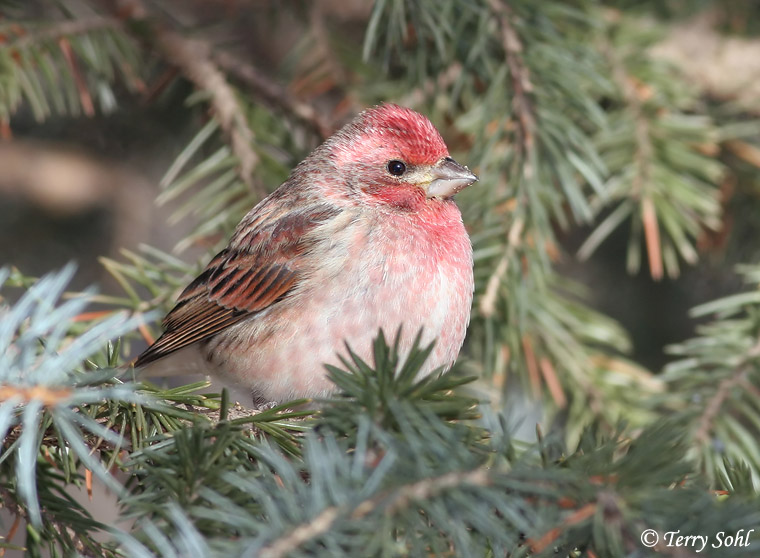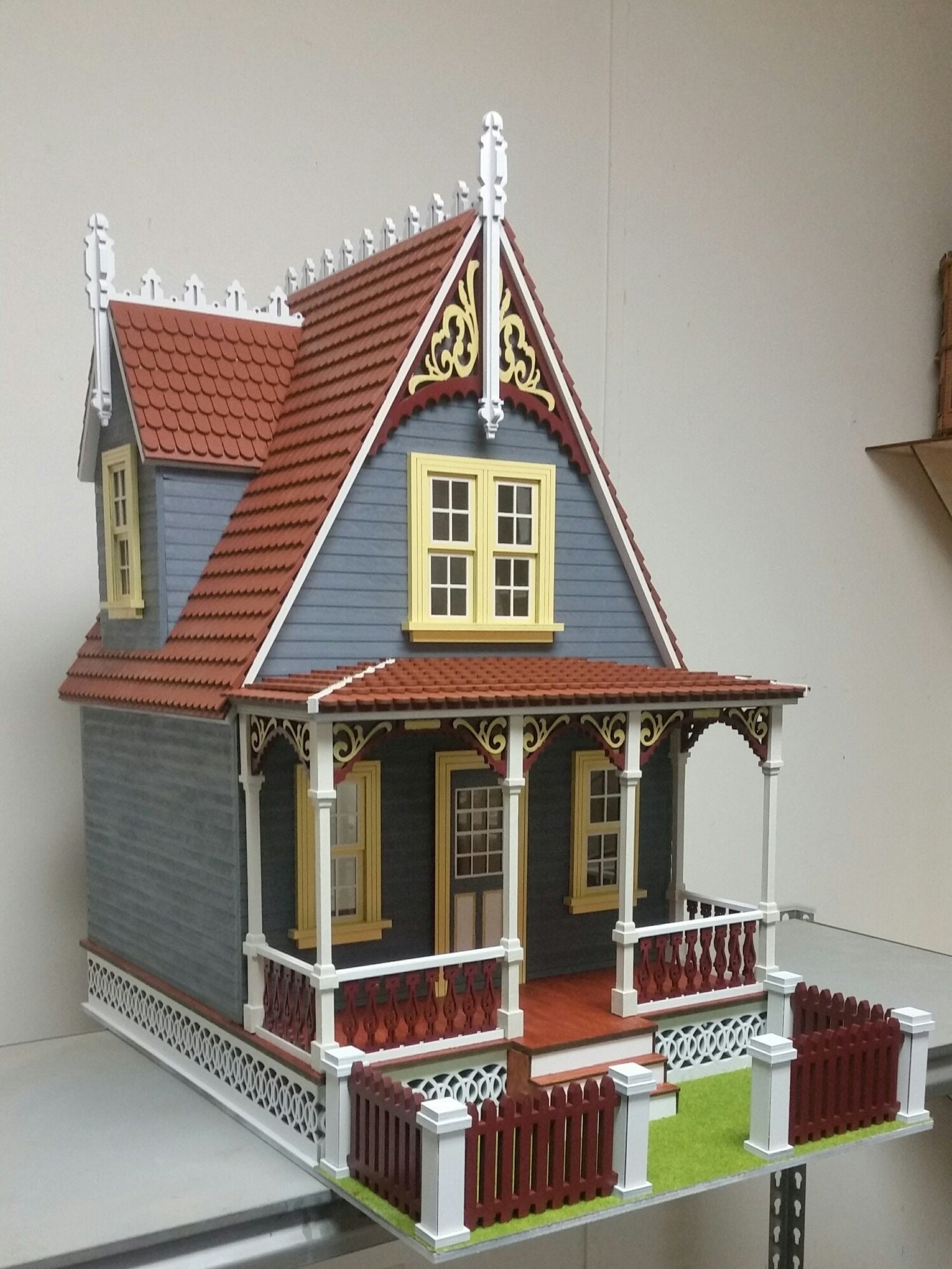Table Of Content

Female purple finches have white markings on a generally gray to the brown body, whereas female house finches have a muted gray brown coloration without any streaks or markings. The differences between purple finches and house finches are subtle but distinct. While their songs may be difficult to distinguish, their habitats and physical characteristics make identification much easier. Purple finches prefer coniferous forests and have a distinct red head and breast, while house finches are more adaptable and have a brown head and streaky breast. The females differ too, even though to an untrained eye, they can look very similar.
Get the best of Birdfact
Their flight may appear more undulating compared to the slightly more straightforward flight of Purple Finches. House Finches, on the other hand, demonstrate a remarkable ability to coexist with human structures. They often construct their nests in sheltered locations on buildings, ledges, or even in vents. This adaptability to urban environments sets them apart from their more forest-dwelling counterparts. The notching in the tail is often subtle and may not be as pronounced as in some other Finch species. The House Finch also has a similarly notched tail but with a moderately longer tail, contributing to a similar overall tail shape.
Female/immature
Female/immature Purple Finches have crisp streaks on the breast and flanks unlike female/immature House Finches, which have blurry streaks on the breast and flanks. They also have a white eyebrow and mustache stripe that female/immature House Finches lack. Often numerous at feeders, especially where black oil sunflower is offered. Tends to sit at feeder and crack seeds in its stout bill instead of flying away.
Body Shape
See the bird from a few different angles, so you’re not tricked into thinking its one species when it’s really the other. If you’re in California or the East, it’s important to look at the time of year you spot the bird. If you see a bird in West Virginia during the winter, it could be either.
Field identification tips
Purple finches are still Common, but not as Common as House finches. Partners in Flight estimate that there are around 6.4 million individuals. Current estimates suggest that there are some 267 million to 1.7 billion House finch individuals. Partners in Flight have a more conservative estimate of around 40 million birds.
House Finches are primarily seed eating birds, feasting on various plants, fruits, and leaf buds. Although they’re particularly fond of sunflower seeds and thistle seeds at bird feeders. Birds are essential to the balance of nature and contribute positively to our quality of life. By observing and appreciating their beauty and unique characteristics, we can gain a deeper understanding of the world around us. The purple finch and house finch are just two of the many species that remind us of the importance of preserving their habitats and understanding their contribution to our ecosystem. When it comes to their shape, there are also differences in terms of house finch eggs and purple finch eggs.
PHOTOS: House finches around the United States - Record Searchlight
PHOTOS: House finches around the United States.
Posted: Fri, 28 Aug 2020 07:00:00 GMT [source]

During the breeding season, it can be found in the coniferous and mixed forests of Canada and the northern United States. Its range extends from Alaska and Canada down through the western and eastern parts of the United States. House Finches are generally less territorial during the breeding season. They often display a more adaptable and communal approach, sometimes nesting in colonies.
Do Purple Finches use birdhouses?
Purple Finches are not rare overall, but their numbers can vary depending on their location and the time of year. Male Purple Finches, however, display a blurrier, lighter pattern on the chest and flanks, making it more obvious which species you’re observing. Besides the length difference, you may be able to see that the bodies of House Finches are more slender, while Purple Finches are more stout and chunky. Like House Finches, Purple Finches will happily come to your bird feeder. These relatives of the House Finch have deep reddish purple shades covering their crown, nape, back, chest, cheeks, and flanks. They’re spotted as far north as southern Canada and as far south as Mexico.
Purple Finch: A Colorful Year-Round Resident - New York Almanack
Purple Finch: A Colorful Year-Round Resident.
Posted: Sat, 18 Sep 2021 07:00:00 GMT [source]
Both the Purple Finch and the House Finch face similar types of predators, given that they share habitats and ecological niches. Some of the most common predators include Hawks, Owls, snakes, squirrels, raccoons, cats, Crows, Jays, and invertebrates. House Finches also exhibit a direct and somewhat buoyant flight pattern with steady wing beats.
Female purple finches have dark cheek patches and a white streak over their eyes — something that you aren’t going to find in female house finches. Do you know the difference between a purple finch and a house finch? Even though they look similar, the two species have distinct features that allow them to be identified with ease.
They can occur in a variety of open and semi-open habitats as well as urban areas. Both species are plump, sparrow-sized birds with strong, conical bills suited for eating seeds. Half-inch (12 mm) differences in size can be hard to judge at a distance, and if a bird crouches over seed or insects on the ground, its profile can be misleading. A Cassin’s Finch has a prominent eye-ring and a longer, straighter beak.
House Finches are known for nesting in buildings and at times may attract vibrant finches yard, whereas Purple Finches generally nest in trees. Bird watching is a wonderful pastime, and the purple finch and house finch are two species that bird watchers are often excited to see. The purple finch with its red head and chest is easy to distinguish from the house finch with its brown and streaky plumage. While these two birds may appear similar at first glance, there are actually some key differences that set them apart.

No comments:
Post a Comment